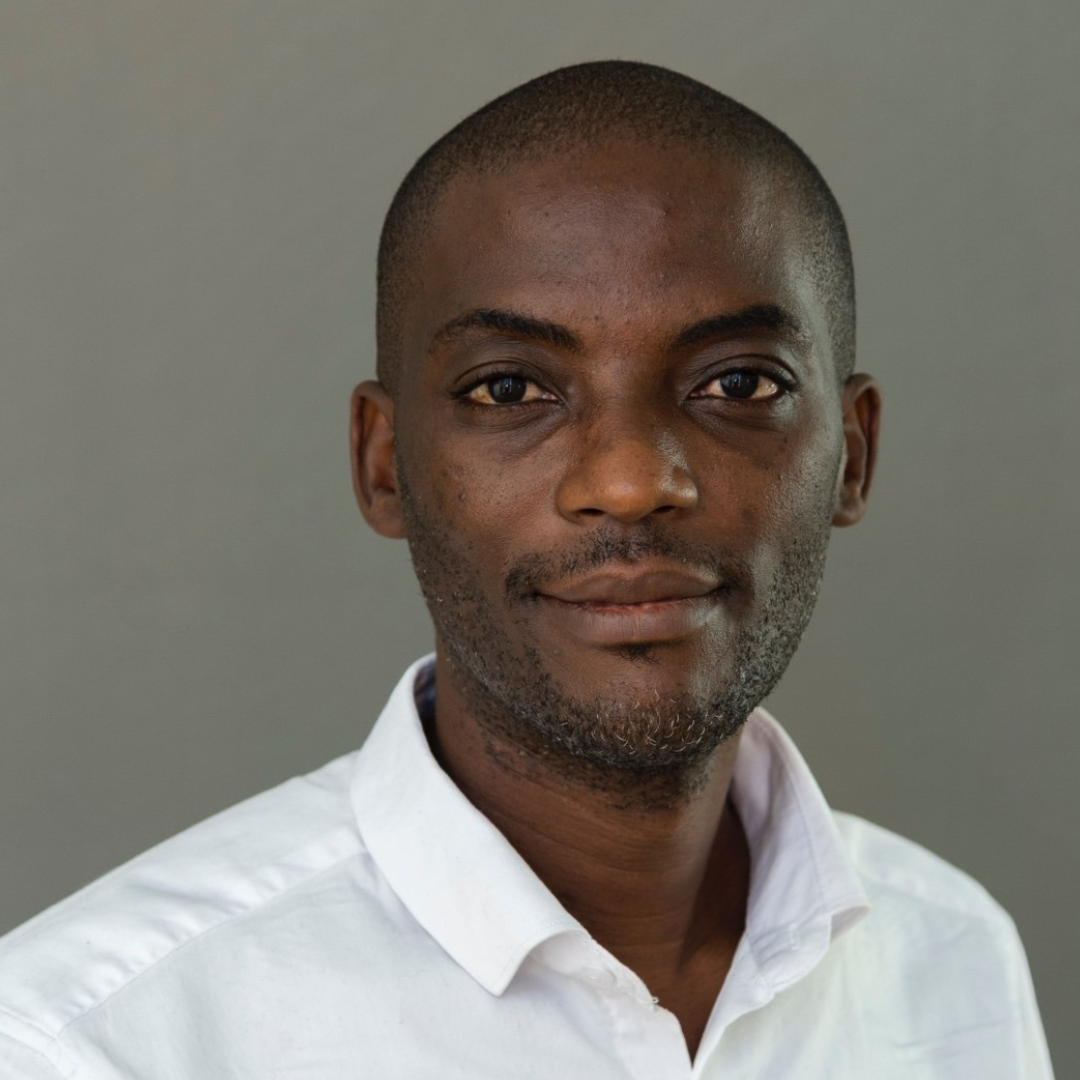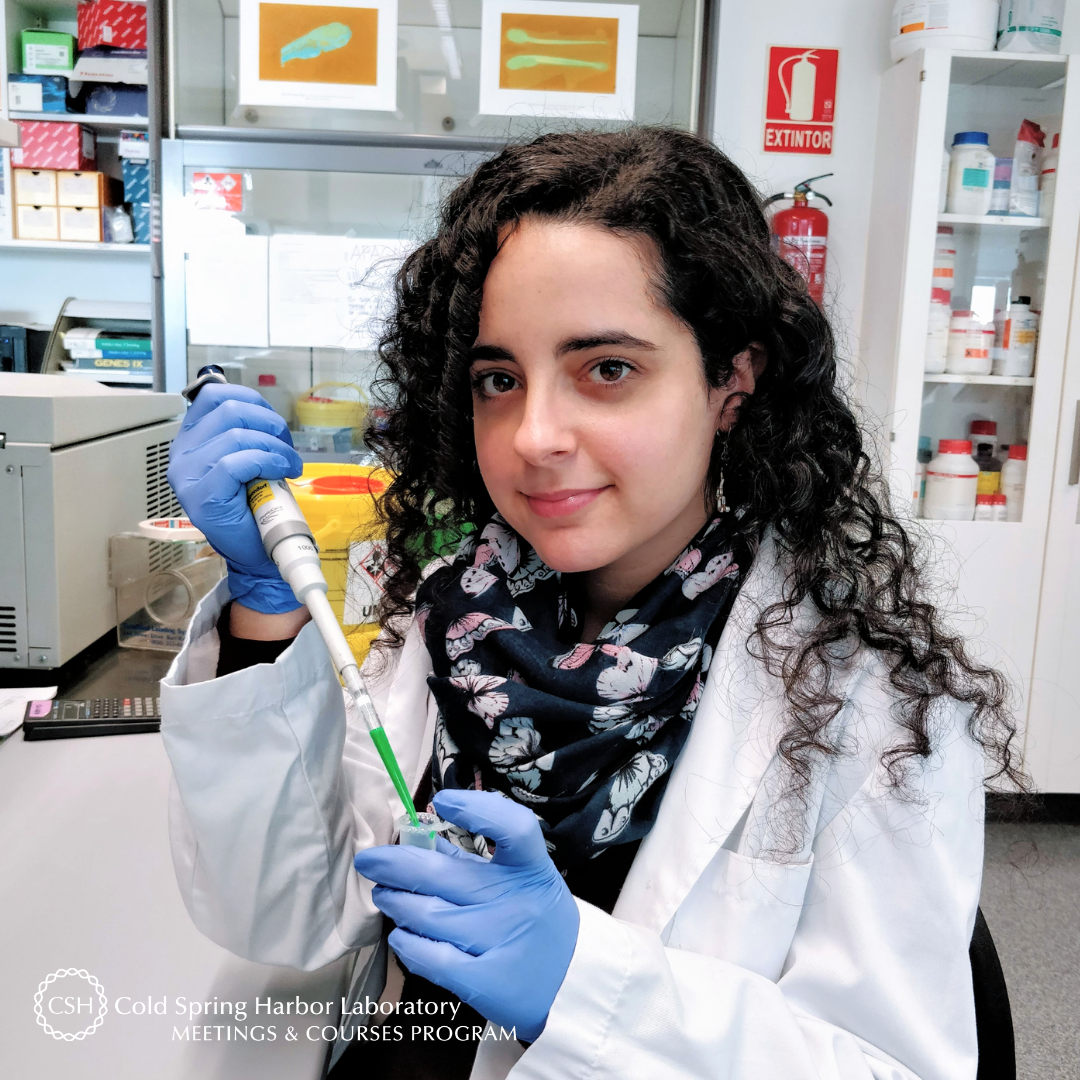
Meet Dan Smethurst of the Rowan University School of Osteopathic Medicine! The United Kingdom national is a postdoctoral research fellow in Natalia Shcherbik and Dimitri Pestov’s lab. He spent the latter half of this week at this second virtual CSHL meeting in 2020: Protein Homeostasis in Health & Disease. He again presented a poster and the one he presented this week is titled “Iron-mediated degradation of ribosomes under oxidative stress is attenuated by manganese”
Tell us about your research.
In our lab we are interested in what causes damage to ribosomes, and the impact it has on their ability to accurately and efficiently synthesize proteins. My research looks into factors that affect the stability of the ribosome, and how this can cause it to malfunction and contribute to pathological states such as neurodegeneration.
How did you decide to focus on this area/project?
My work has focused on several different ways that cells respond to chemical and environmental stresses, and I became interested in how stresses affect translation as so many processes depend upon it. Previous studies from our lab demonstrated a fascinating interaction between metal ions, oxidants, and the ribosome, which connects the evolution of life on earth right through to major diseases of current clinical significance.
What and/or who is the inspiration behind your scientific journey?
Helping even to solve a small part of a puzzle can be incredibly gratifying, and there is no shortage of difficult questions to be asked in biology. The motivation in basic research is trying to uncover and explain something that has never been understood before.
What impact do you hope to make through your work?
I am glad to just contribute to the advancement of the field, and if something I have worked on ends up helping other scientists or clinicians that is even better.
What do you love most about being a researcher?
I enjoy the freedom to pursue the questions that interest me, and the colleagues and the community who support that and are so enthusiastic about seeing progress.
What drew you to attend this meeting?
There are so many great scientists presenting their work at the meeting and as my work is becoming more focused on the links between translation and disease, I thought this would be a good way to get a current picture of the state of this field.
What is your key takeaway from the Meeting; and how do you plan to apply it to your work?
I’m really impressed with the excellent research that has been presented so far. Perhaps the biggest lesson I am taking from it is how well-structured projects can enable impactful answers to be found through incremental experimentation. It has been making me think a lot about how to approach my research questions.
What feedback or advice would you share with someone considering to participate in this meeting?
I would absolutely recommend it, and I know everyone says this but I would encourage participants to ask a lot of questions and engage as much as possible.
What’s the most memorable thing that happened during the Meeting?
We are only halfway through the meeting, but I was fascinated by Ursula Jakob’s presentation in the first session showing that stochastic redox states of nematodes in their early life stages has a dramatic effect on their longevity and stress resistance later in life.
Thank you to Dan for being this week's featured visitor. To meet other featured researchers - and discover the wide range of science that takes part in a CSHL meeting or course - go here.





























